|
Your search criteria found 3914 images Feature Name |
| My List |
Addition Date | Target | Mission | Instrument |
Size
|

|
1986-01-25 | Miranda |
Voyager |
VG ISS - Narrow Angle |
571x574x1 |

|
|||||

|
1989-10-02 | Triton |
Voyager |
932x1884x1 | |
|
|
|||||

|
1989-10-27 | Triton |
Voyager |
900x1558x1 | |

|
|||||

|
1996-01-02 | Io |
Galileo |
3014x2422x3 | |
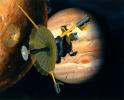
|
|||||

|
1996-01-15 |
Hubble Space Telescope |
WFPC2 |
1771x1819x3 | |

|
|||||

|
1996-01-29 | Io |
Voyager |
1160x1160x3 | |
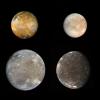
|
|||||

|
1996-01-29 | Saturn |
Voyager |
971x855x3 | |
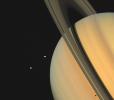
|
|||||

|
1996-01-29 | Oberon |
Voyager |
500x500x3 | |
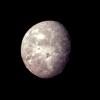
|
|||||

|
1996-01-29 | Miranda |
Voyager |
764x785x1 | |

|
|||||

|
1996-01-29 | Titania |
Voyager |
VG ISS - Narrow Angle |
640x760x1 |

|
|||||

|
1996-01-29 | N Rings |
Voyager |
VG ISS - Wide Angle |
785x1000x1 |

|
|||||

|
1996-01-29 | Moon |
Galileo |
Solid-State Imaging |
800x800x1 |
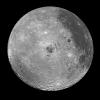
|
|||||

|
1996-01-29 | Moon |
Galileo |
Solid-State Imaging |
876x879x1 |
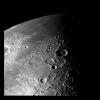
|
|||||

|
1996-01-29 | Miranda |
Voyager |
VG ISS - Narrow Angle |
789x768x1 |
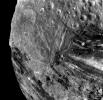
|
|||||

|
1996-01-29 | Miranda |
Voyager |
VG ISS - Narrow Angle |
774x787x1 |

|
|||||

|
1996-01-29 | Saturn |
Voyager |
VG Imaging Science Subsystem |
1000x1000x3 |

|
|||||

|
1996-01-29 | Titania |
Voyager |
VG ISS - Narrow Angle |
700x700x3 |
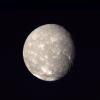
|
|||||

|
1996-01-29 | Ariel |
Voyager |
VG ISS - Narrow Angle |
845x650x3 |
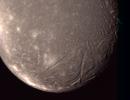
|
|||||

|
1996-01-29 | Miranda |
Voyager |
VG ISS - Narrow Angle |
1016x1002x1 |
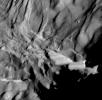
|
|||||

|
1996-01-29 | Ida |
Galileo |
Solid-State Imaging |
905x655x3 |
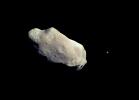
|
|||||

|
1996-01-29 | Moon |
Galileo |
Solid-State Imaging |
1988x1069x3 |
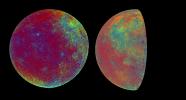
|
|||||

|
1996-01-29 | Moon |
Galileo |
Solid-State Imaging |
1988x1069x1 |
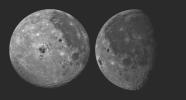
|
|||||

|
1996-01-29 | Gaspra |
Galileo |
Solid-State Imaging |
1200x1050x1 |
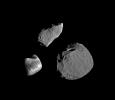
|
|||||

|
1996-01-29 | Moon |
Galileo |
Solid-State Imaging |
696x993x3 |

|
|||||

|
1996-01-29 | Moon |
Galileo |
Solid-State Imaging |
1083x1092x3 |
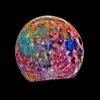
|
|||||

|
1996-01-29 | Earth |
Galileo |
Solid-State Imaging |
1572x1580x3 |
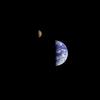
|
|||||

|
1996-01-31 | Umbriel |
Voyager |
VG ISS - Narrow Angle |
400x400x1 |
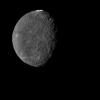
|
|||||

|
1996-02-01 | Gaspra |
Galileo |
Solid-State Imaging |
1024x1024x1 |
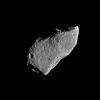
|
|||||

|
1996-02-01 | Ida |
Galileo |
Solid-State Imaging |
1700x1260x1 |
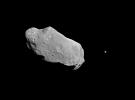
|
|||||

|
1996-02-02 | Moon |
Galileo |
Solid-State Imaging |
1069x1069x3 |
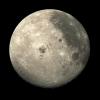
|
|||||

|
1996-02-05 | Moon |
Galileo |
Solid-State Imaging |
3211x2672x1 |
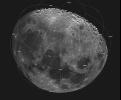
|
|||||

|
1996-02-05 | Moon |
Galileo |
Solid-State Imaging |
3296x3809x1 |

|
|||||

|
1996-02-05 | Moon |
Galileo |
Solid-State Imaging |
2600x2910x3 |

|
|||||

|
1996-02-05 | Venus |
Magellan |
Imaging Radar |
1024x1024x1 |
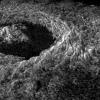
|
|||||

|
1996-02-08 | Moon |
Galileo |
Solid-State Imaging |
800x1220x1 |

|
|||||

|
1996-02-08 | Moon |
Galileo |
Solid-State Imaging |
987x984x1 |
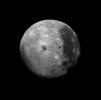
|
|||||

|
1996-02-08 | Moon |
Galileo |
Near Infrared Mapping Spectrometer |
2364x2364x3 |
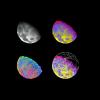
|
|||||

|
1996-02-09 | Gaspra |
Galileo |
Solid-State Imaging |
2200x1760x3 |
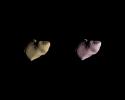
|
|||||

|
1996-06-03 | Moon |
DSPSE |
Ultraviolet/Visible Camera |
7943x7943x1 |
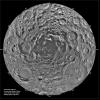
|
|||||

|
1996-06-03 | Moon |
DSPSE |
Ultraviolet/Visible Camera |
7738x7730x1 |
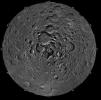
|
|||||

|
1996-06-06 | Ganymede |
Galileo |
Solid-State Imaging |
825x825x1 |
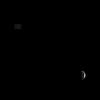
|
|||||

|
1996-07-17 | Ganymede |
Voyager |
VG ISS - Narrow Angle |
300x300x1 |
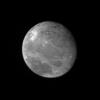
|
|||||

|
1996-07-17 | Ganymede |
Voyager |
VG ISS - Narrow Angle |
300x300x3 |
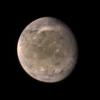
|
|||||

|
1996-08-01 | Miranda |
Voyager |
2500x2200x1 | |
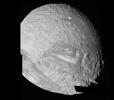
|
|||||

|
1996-08-13 | Gaspra |
Galileo |
Solid-State Imaging |
1350x1350x3 |
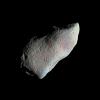
|
|||||

|
1996-08-29 | Earth |
Voyager |
565x790x3 | |

|
|||||

|
1996-09-12 | Dactyl |
Galileo |
Solid-State Imaging |
1000x1000x1 |
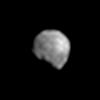
|
|||||

|
1996-09-12 | Dactyl |
Galileo |
Solid-State Imaging |
700x700x1 |
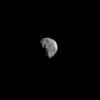
|
|||||

|
1996-09-12 | Dactyl |
Galileo |
Solid-State Imaging |
1000x1000x1 |
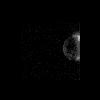
|
|||||

|
1996-09-13 | Sol (our sun) |
Voyager |
VG ISS - Wide Angle |
3430x2650x3 |
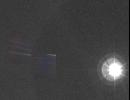
|
|||||

|
1996-09-19 | Mercury |
Mariner Venus Mercury (Mariner 10) |
9999x4000x1 | |
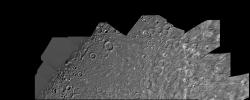
|
|||||

|
1996-09-23 | Mercury |
Mariner Venus Mercury (Mariner 10) |
9999x4000x1 | |
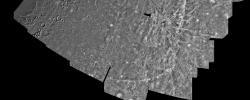
|
|||||

|
1996-09-26 | Callisto |
Voyager |
VG ISS - Narrow Angle |
800x800x3 |
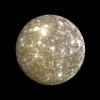
|
|||||

|
1996-09-26 | Europa |
Voyager |
VG ISS - Narrow Angle |
704x680x3 |
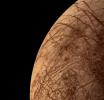
|
|||||

|
1996-09-26 | Dione |
Voyager |
VG ISS - Narrow Angle |
1200x1180x1 |
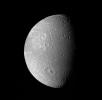
|
|||||

|
1996-10-23 | Venus |
Magellan |
Imaging Radar |
480x1022x1 |
|
|
|||||

|
1996-11-13 | Jupiter |
Voyager |
VG ISS - Narrow Angle |
850x575x3 |
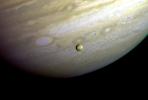
|
|||||

|
1996-11-26 | U Rings |
Voyager |
VG ISS - Narrow Angle |
996x1009x1 |

|
|||||

|
1996-11-27 | Toutatis | 4096x3072x3 | ||
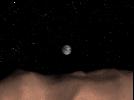
|
|||||

|
1997-01-09 | Io |
Voyager |
VG ISS - Narrow Angle |
140x140x1 |
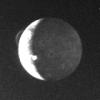
|
|||||

|
1997-01-15 | 1930x2440x3 | |||

|
|||||

|
1997-08-06 | Mars |
Mars Pathfinder (MPF) |
Imager for Mars Pathfinder |
512x512x1 |
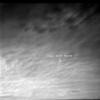
|
|||||

|
1997-09-07 | Ganymede |
Galileo |
Solid-State Imaging |
526x797x1 |

|
|||||

|
1997-09-07 | Ganymede |
Galileo |
Solid-State Imaging |
1105x798x1 |
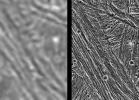
|
|||||

|
1997-09-07 | Ganymede |
Galileo |
Solid-State Imaging |
1443x1656x1 |

|
|||||

|
1997-09-07 | Ganymede |
Galileo |
Solid-State Imaging |
544x796x1 |

|
|||||

|
1997-09-07 | Ganymede |
Galileo |
Solid-State Imaging |
640x480x1 |
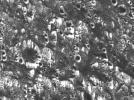
|
|||||

|
1997-09-07 | Ganymede |
Galileo |
Solid-State Imaging |
574x798x1 |

|
|||||

|
1997-09-07 | Ganymede |
Galileo |
Solid-State Imaging |
1665x1882x1 |

|
|||||

|
1997-09-07 | Europa |
Galileo |
Solid-State Imaging |
1070x868x1 |
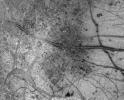
|
|||||

|
1997-09-07 | Europa |
Galileo |
Solid-State Imaging |
968x452x1 |
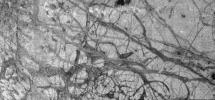
|
|||||

|
1997-09-07 | Io |
Galileo |
Solid-State Imaging |
2400x1900x3 |
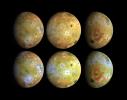
|
|||||

|
1997-09-07 | Io |
Galileo |
Solid-State Imaging |
2010x1640x3 |
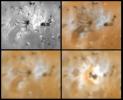
|
|||||

|
1997-09-07 | Io |
Galileo |
Solid-State Imaging |
1890x1780x3 |
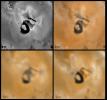
|
|||||

|
1997-09-07 | Io |
Galileo |
Solid-State Imaging |
1640x1650x3 |
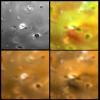
|
|||||

|
1997-09-07 | Io |
Galileo |
Solid-State Imaging |
1620x1330x3 |
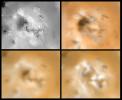
|
|||||

|
1997-09-07 | Io |
Galileo |
Solid-State Imaging |
230x300x3 |

|
|||||

|
1997-09-07 | Jupiter |
Galileo |
Solid-State Imaging |
1400x900x1 |
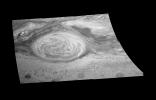
|
|||||

|
1997-09-07 | Jupiter |
Galileo |
Solid-State Imaging |
2100x1200x3 |
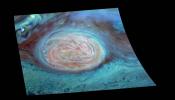
|
|||||

|
1997-09-07 | Ganymede |
Galileo |
Solid-State Imaging |
580x360x1 |
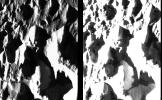
|
|||||

|
1997-09-07 | Ganymede |
Galileo |
Solid-State Imaging |
2470x2110x1 |
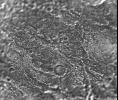
|
|||||

|
1997-09-07 | Io |
Galileo |
Solid-State Imaging |
2000x2000x3 |
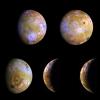
|
|||||

|
1997-09-07 | Europa |
Galileo |
Solid-State Imaging |
793x794x3 |
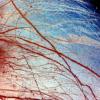
|
|||||

|
1997-09-07 | Io |
Galileo |
Solid-State Imaging |
2340x1475x3 |
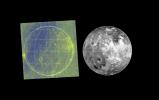
|
|||||

|
1997-09-07 | Jupiter |
Galileo |
Solid-State Imaging |
1546x1127x1 |
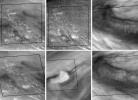
|
|||||

|
1997-09-07 | Io |
Galileo |
Solid-State Imaging |
820x710x3 |
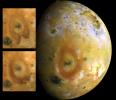
|
|||||

|
1997-09-07 | Io |
Galileo |
Solid-State Imaging |
715x287x3 |
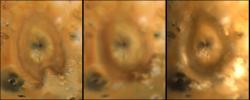
|
|||||

|
1997-09-07 | Ganymede |
Galileo |
Solid-State Imaging |
1200x800x1 |
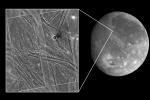
|
|||||

|
1997-09-07 | Ganymede |
Galileo |
Solid-State Imaging |
1200x800x1 |
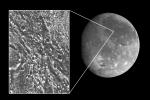
|
|||||

|
1997-09-07 | Europa |
Galileo |
Solid-State Imaging |
630x325x1 |
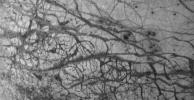
|
|||||

|
1997-09-07 | Ganymede |
Galileo |
Solid-State Imaging |
523x764x1 |

|
|||||

|
1997-09-08 | Io |
Galileo |
Solid-State Imaging |
700x800x3 |

|
|||||

|
1997-09-08 | Io |
Galileo |
Solid-State Imaging |
2600x1150x3 |
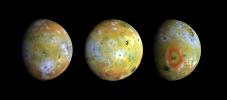
|
|||||

|
1997-09-10 | Io |
Galileo |
Solid-State Imaging |
1775x1300x3 |

|
|||||

|
1997-09-25 | Titan |
Voyager |
VG ISS - Narrow Angle |
400x400x3 |
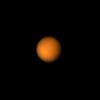
|
|||||

|
1997-10-23 | Earth |
Cassini-Huygens |
1520x2280x3 | |

|
|||||

|
1997-10-23 | Earth |
Cassini-Huygens |
1536x2304x3 | |

|
|||||

|
1997-10-23 | Earth |
Cassini-Huygens |
2280x1800x3 | |
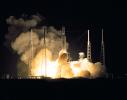
|
|||||

|
1997-10-23 | Earth |
Cassini-Huygens |
1901x2850x3 | |

|
|||||

|
1997-10-23 | Earth |
Cassini-Huygens |
1800x2280x3 | |

|
|||||
 |
 |
 |
 |
 |
 |
 |
 |
 |
 |

|
|
| 1-100 | 101-200 | 201-300 | 301-400 | 401-500 | 501-600 | 601-700 | 701-800 | 801-900 | 901-1000 |
| Currently displaying images: 1 - 100 of 3914 |